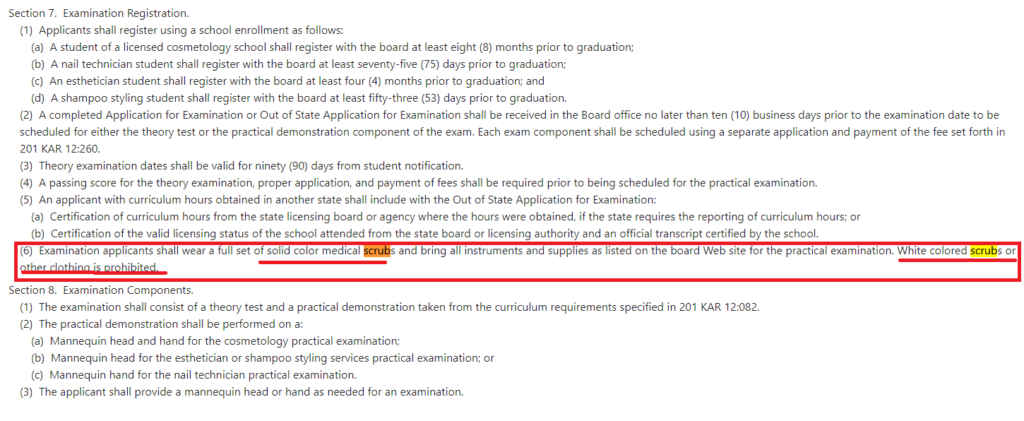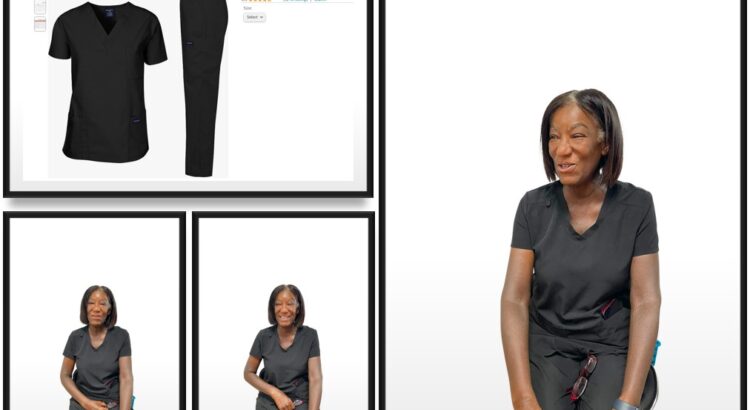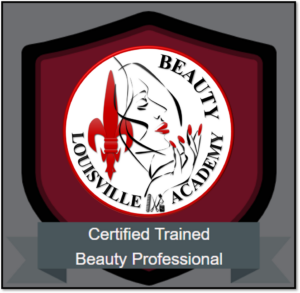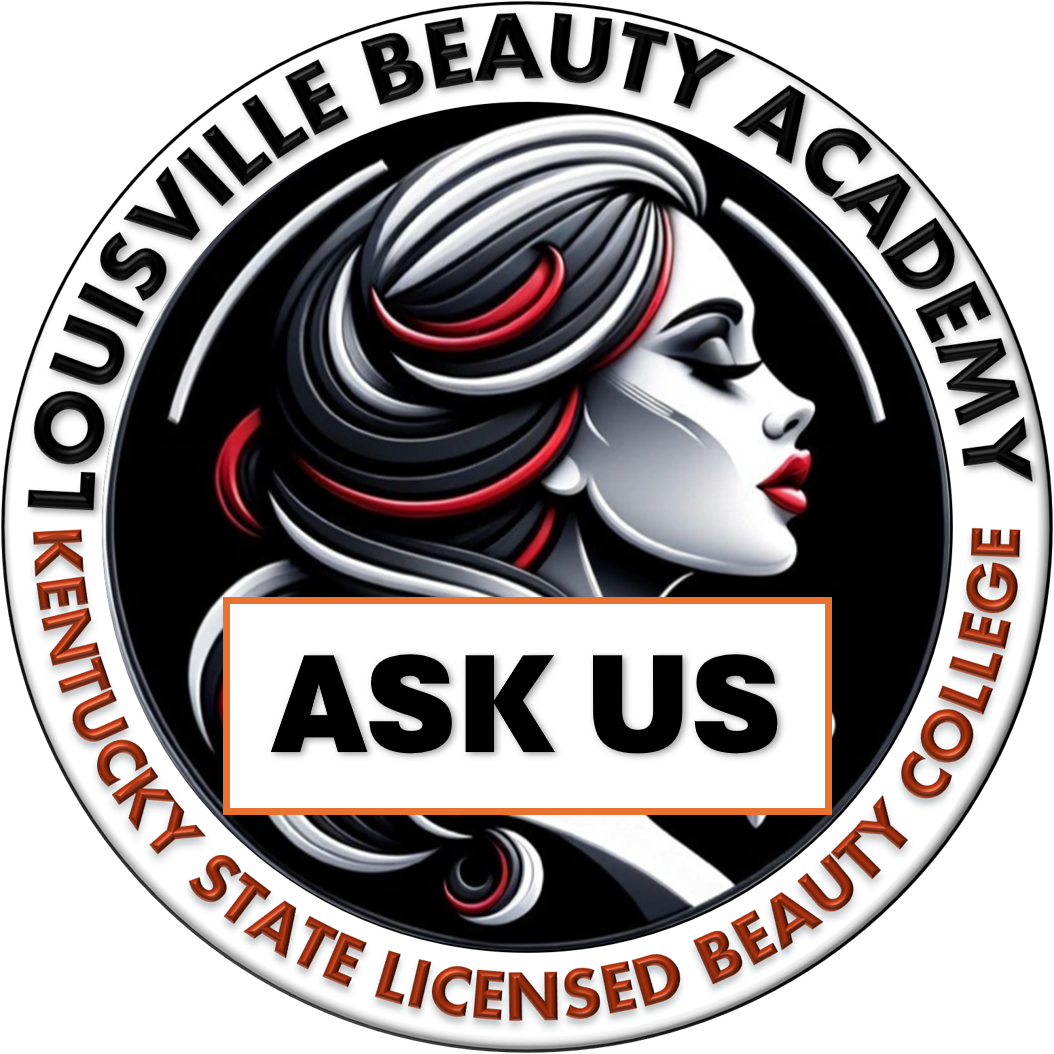Louisville Beauty Academy, a leading institution for aspiring beauty professionals, places significant emphasis on equipping its students with the tools, knowledge, and ethos required to excel not just in practical skills but also in professional conduct. One such initiative that resonates with this ethos is the academy’s mandate for students to don black scrubs during their attendance.
The Essence of Scrubs in Beauty Education
The state of Kentucky has explicit guidelines when it comes to appearing for the beauty licensing examination. As per the KY state law, all examination candidates must wear a solid colored set of medical scrubs. Additionally, the law strictly prohibits the wearing of white scrubs or any other clothing type. This specification ensures uniformity among candidates, reduces distractions, and establishes a distinct professional standard.
Aligning with these state requirements, Louisville Beauty Academy goes a step further by requiring students to wear black scrubs daily. But why black?
- Professional Representation: Black, often associated with elegance, sophistication, and professionalism, perfectly mirrors the qualities an aspiring beauty professional should embody. By wearing black scrubs, students not only represent the academy but also project an image of a true beauty professional.
- Examination Preparedness: Familiarity breeds comfort. By wearing scrubs daily, students naturally align themselves with the KY State board licensing exam process. When the exam day arrives, dressing in scrubs won’t feel alien but rather a continuation of their regular routine.
- Real-life Professional Simulation: In the dynamic world of beauty, professionals often have to maintain a certain decorum in their attire. The daily practice of wearing scrubs preps students for the attire standards they’ll encounter in their professional journey.
- Unity & Identity: Uniforms, by nature, foster a sense of community and belongingness. By wearing black scrubs, students at Louisville Beauty Academy become part of a unified team, each member driven by passion and commitment to the craft.
Where to Get Black Scrubs?
For those wondering where to get their hands on black scrubs, numerous options are available on platforms like Amazon. However, it’s crucial to underline that Louisville Beauty Academy does not endorse any particular brand. The recommendations are solely for ease of access.
That said, the academy is a firm believer in community and local support. Buying local is not just a theme but a cherished value at Louisville Beauty Academy. Should anyone come across local businesses offering quality black scrubs, the academy welcomes recommendations and endorsements.
In conclusion, the black scrubs at Louisville Beauty Academy are more than just a garment; they’re a symbol of professionalism, commitment, and unity. It serves as a daily reminder to students of their journey, the challenges ahead, and the standards they’re expected to uphold.
REFERENCES
KY STATE LAW ABOUT SCRUB FOR STATE LICENSING EXAM











